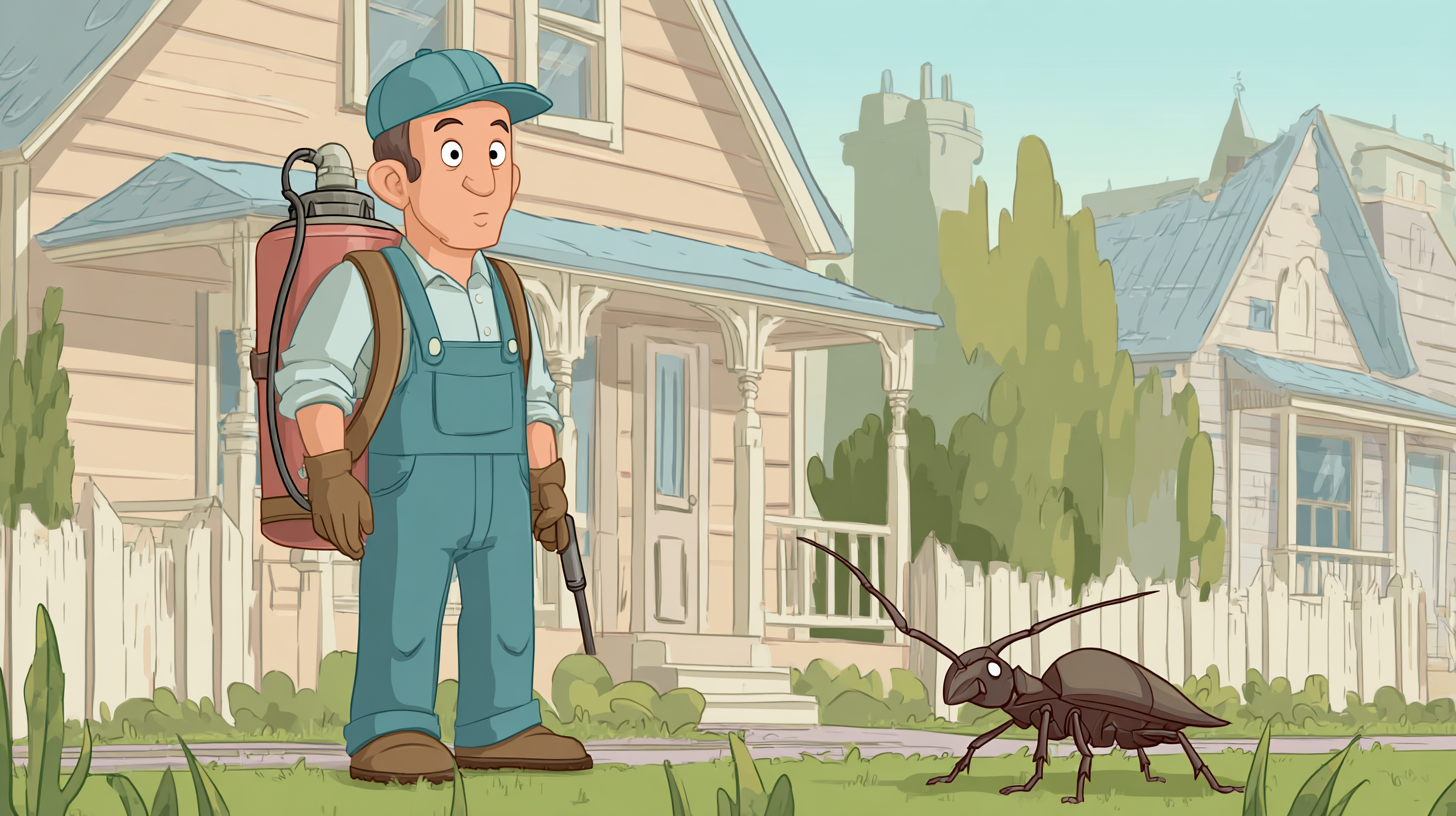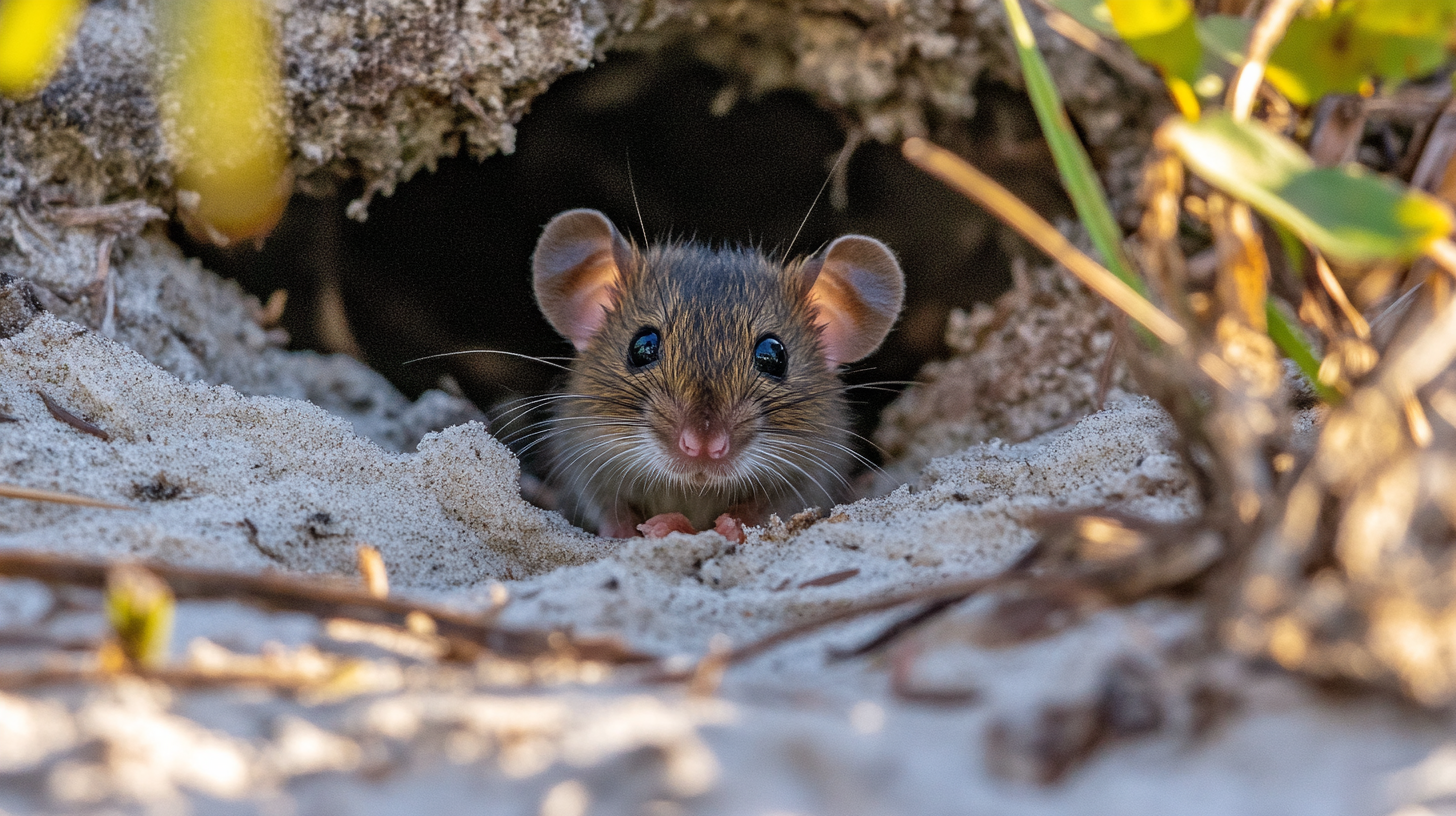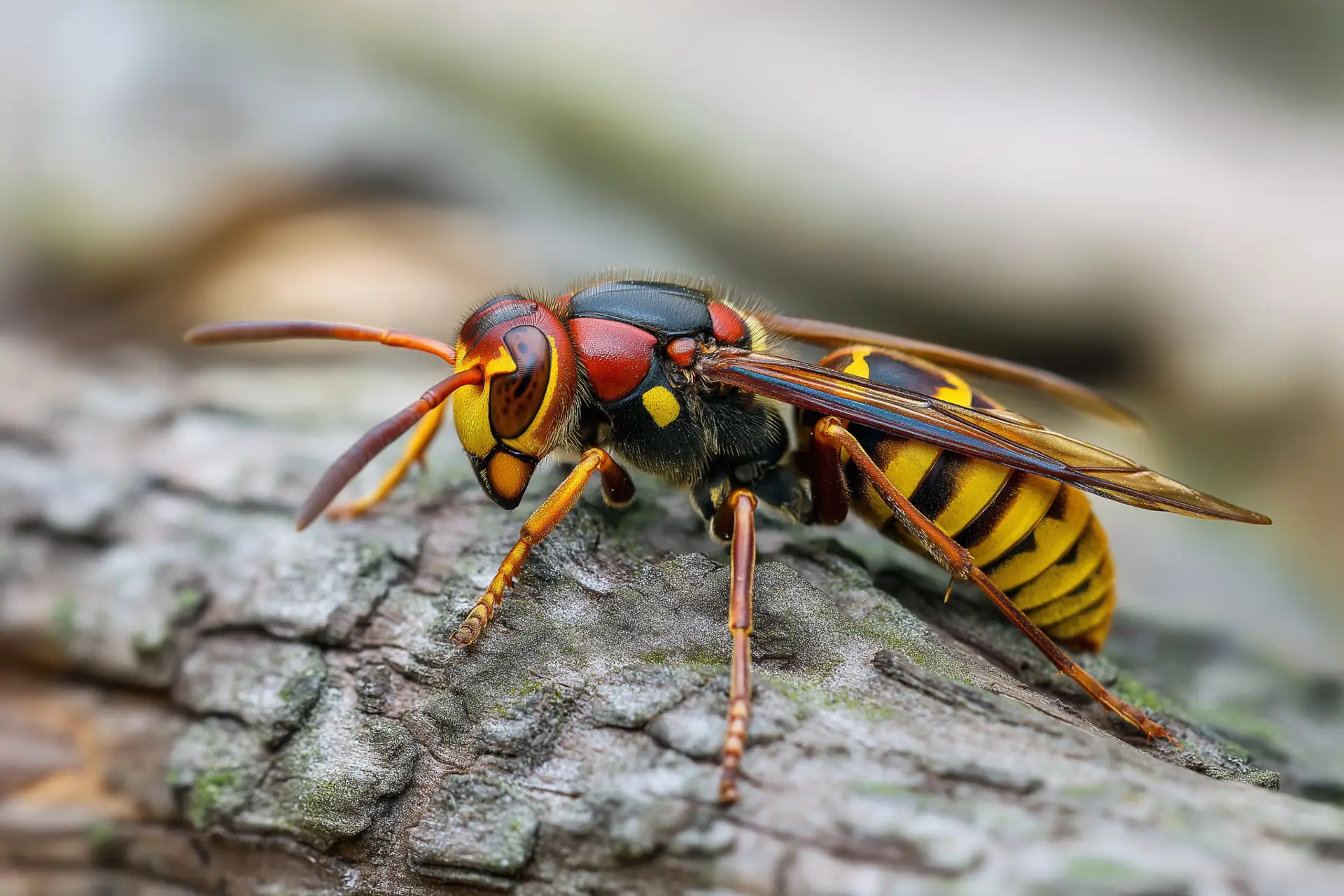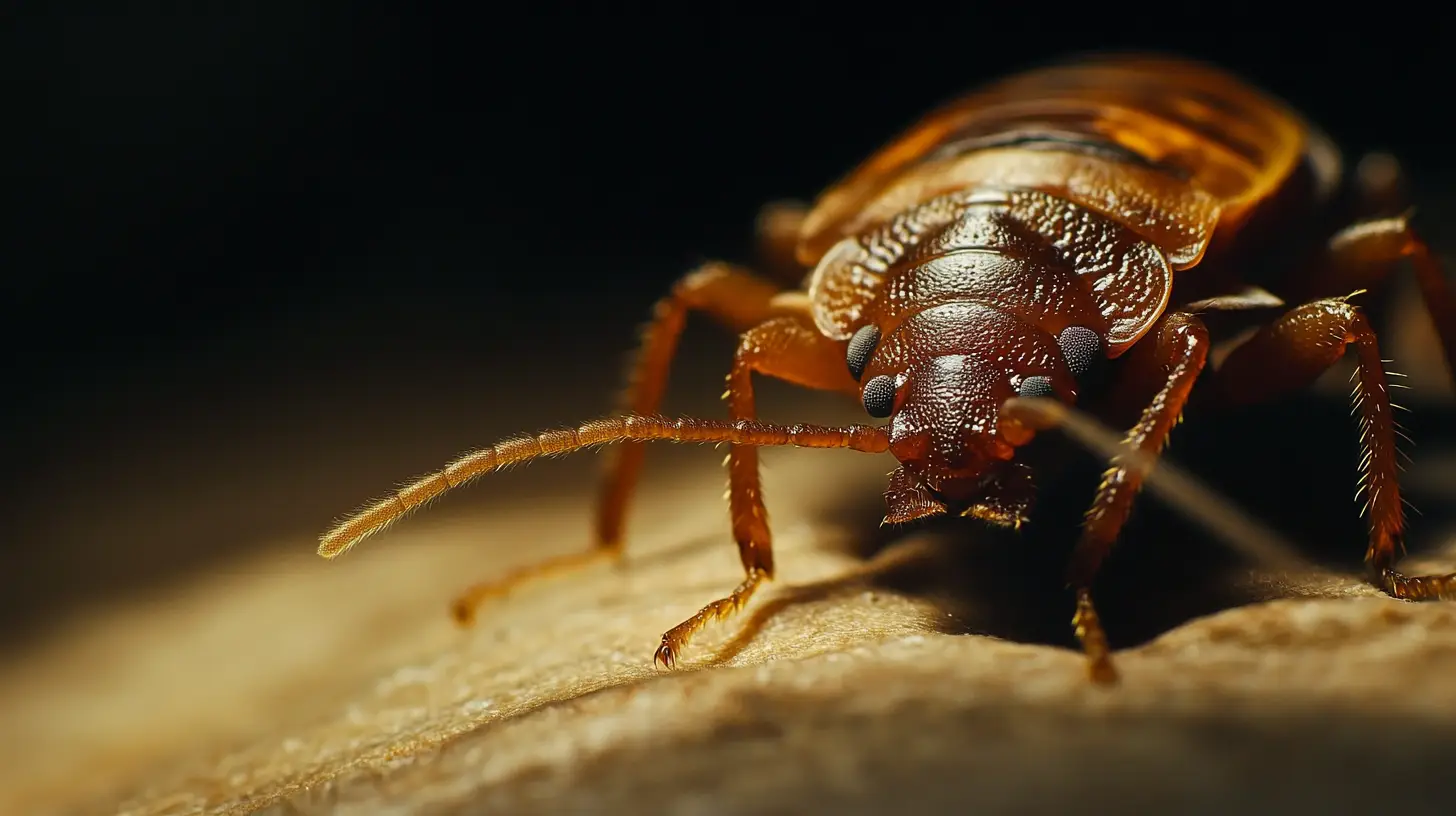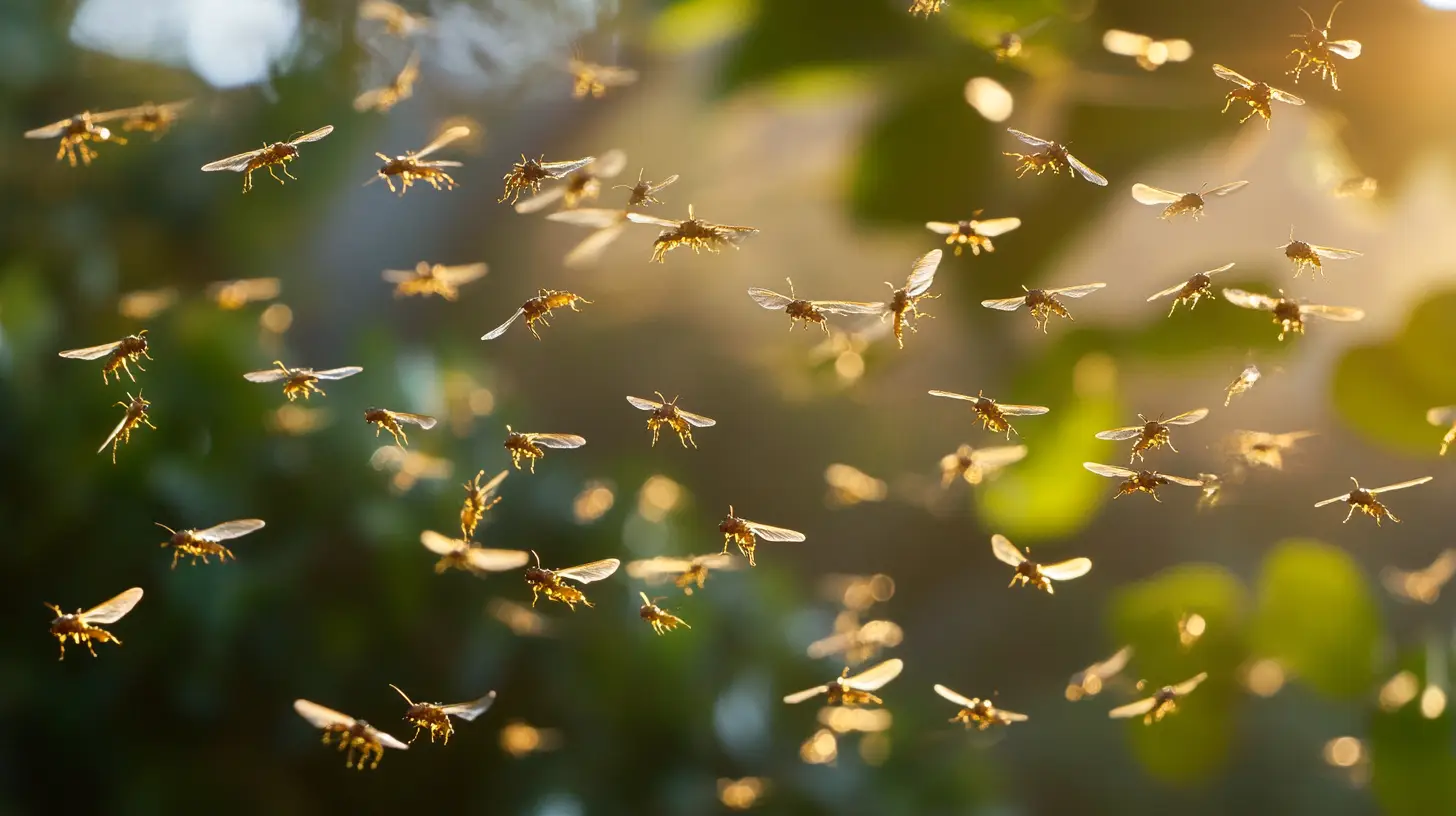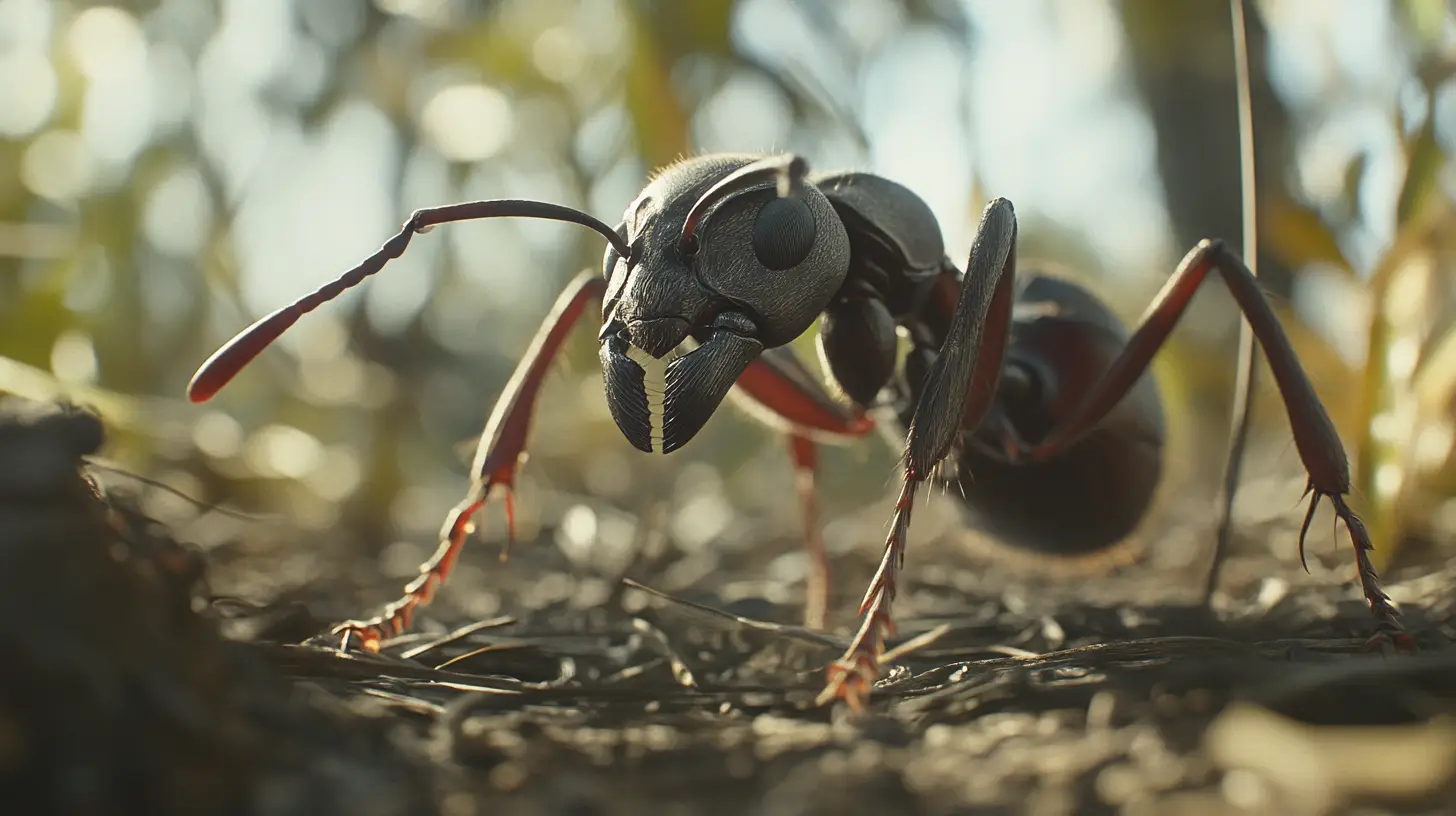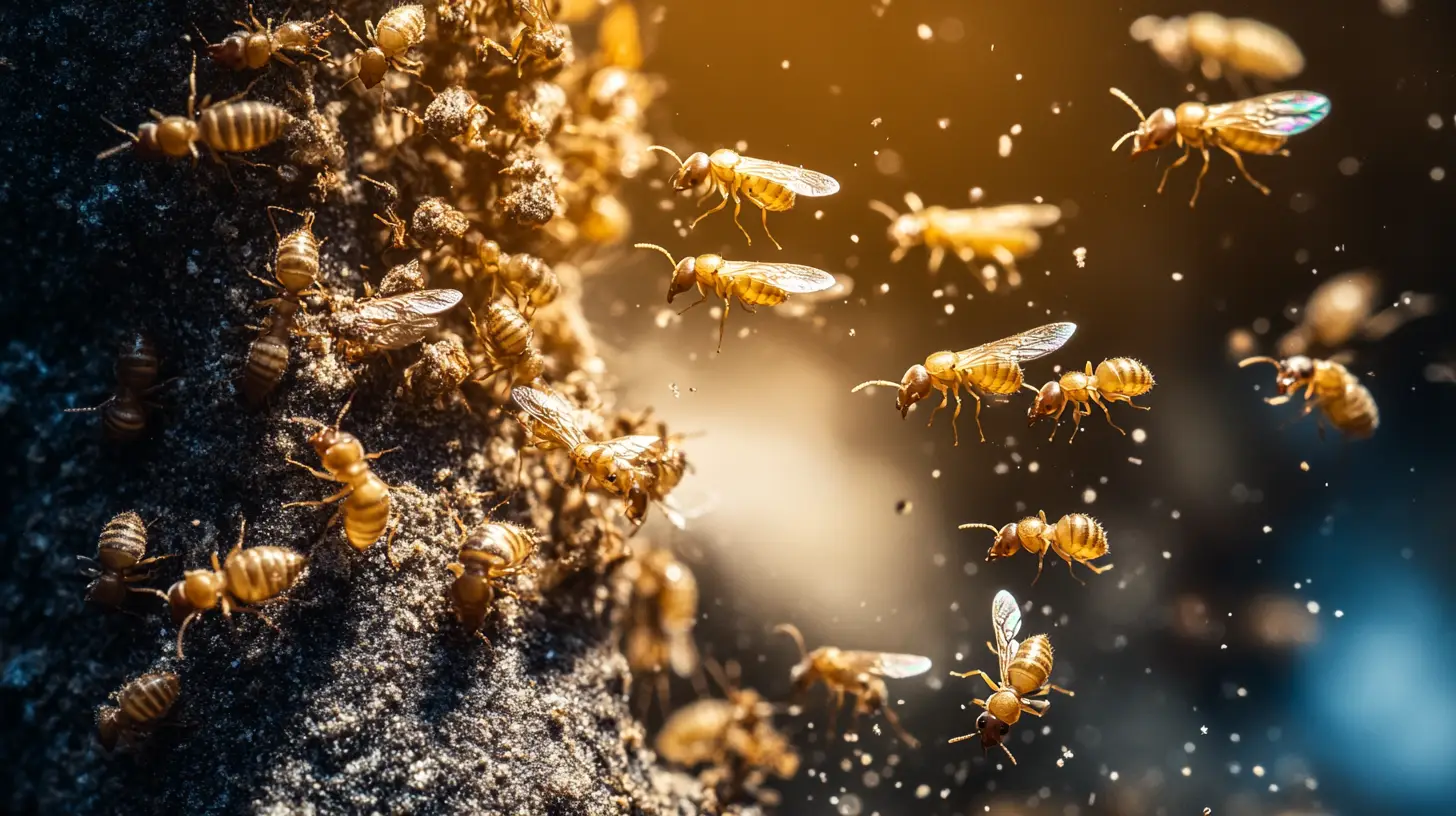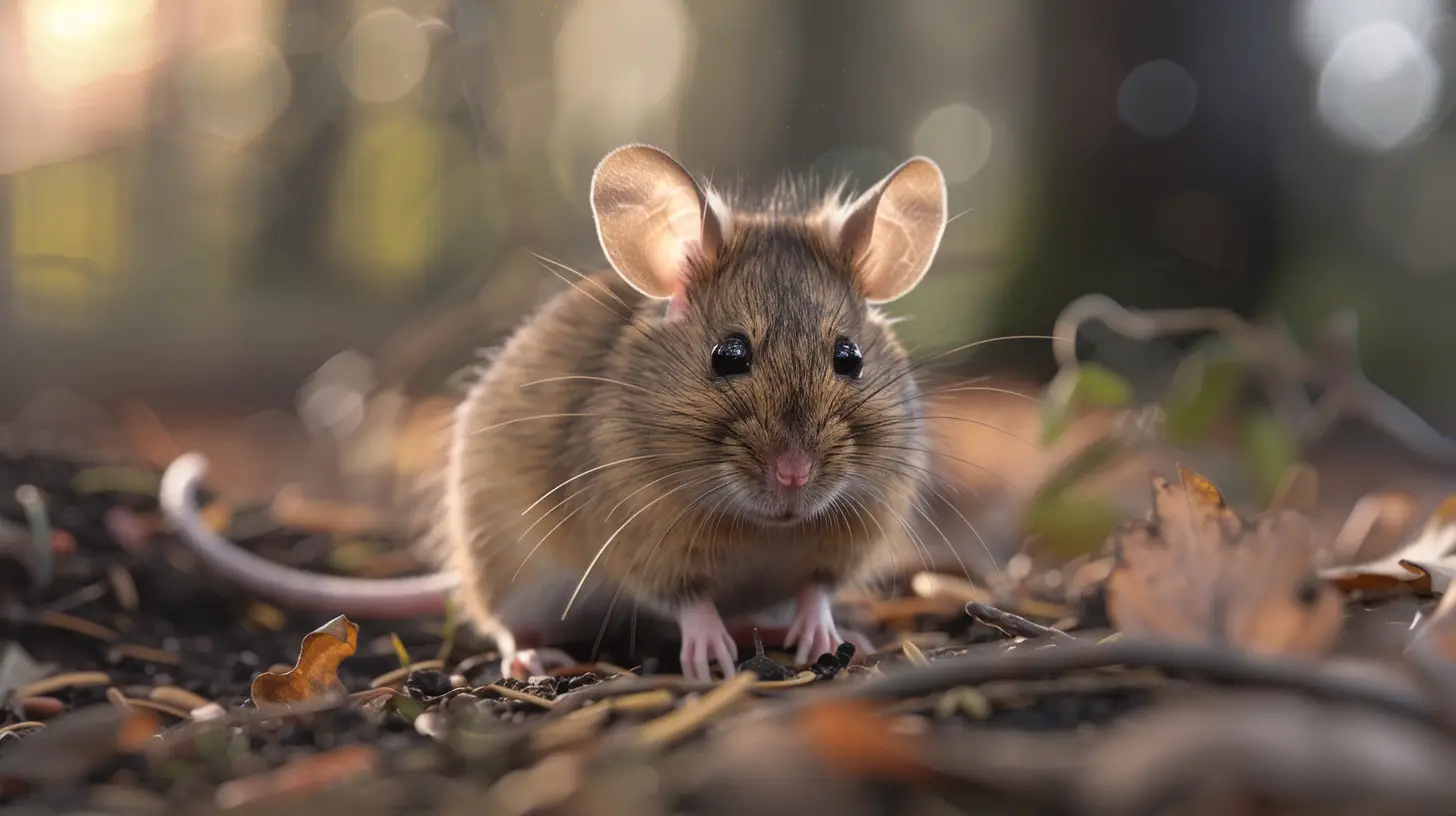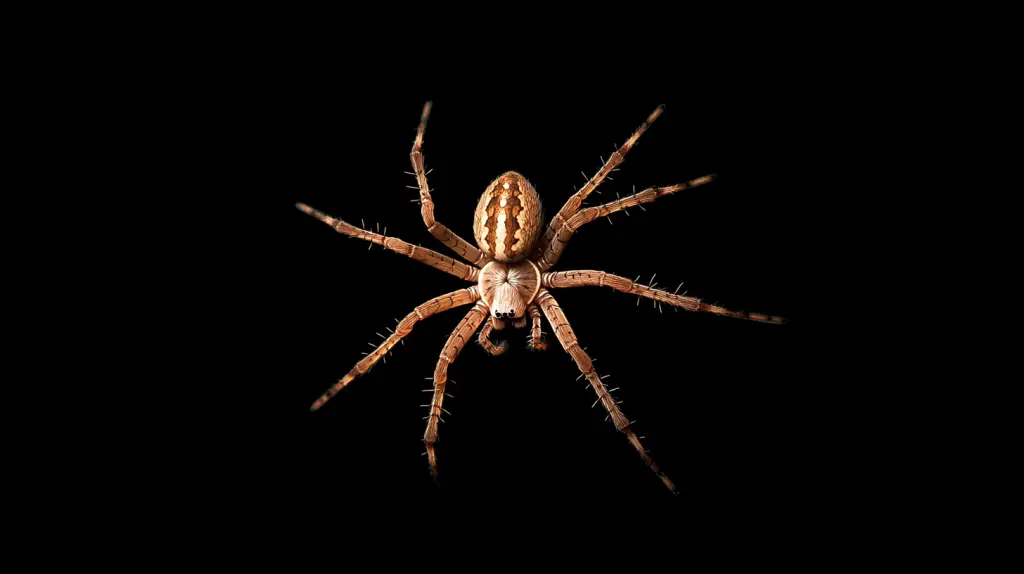
Table of Contents
If you’re looking to get rid of house spiders in your Sarasota, FL home, you’re not alone. Many people share a common concern about these eight-legged inhabitants, even though most house spiders are harmless and can actually help keep unwanted pests at bay. With over 100 species residing in Florida, including the common American house spider and the infamous black widow, it’s essential to know what you’re dealing with.
House spiders are skilled web builders, creating intricate webs that catch flies, mosquitoes, and other insects, making them valuable allies in pest control. They thrive in the warm, humid climate of Florida and prefer dark, undisturbed spaces like corners, behind furniture, and inside closets. However, while their presence can be beneficial, a sudden influx of spiders in your home can be unsettling.
In this guide, we will explore effective methods to get rid of house spiders while maintaining a balanced perspective on their role in the ecosystem. From simple preventive measures to natural and chemical solutions, we’ll provide you with practical strategies to reclaim your space without compromising your comfort. Let’s dive into the best ways to manage house spiders and create a more welcoming environment in your Sarasota home.
Key Takeaways
- Identify House Spiders: Familiarize yourself with the characteristics of common house spiders, such as size, color, and web structure. Understanding their appearance will help you distinguish between harmless house spiders and potentially dangerous species.
- Maintain Cleanliness: Regular cleaning and vacuuming are essential for preventing spider infestations. Keeping your home clutter-free reduces hiding spots and food sources, making it less inviting for spiders.
- Seal Entry Points: Take proactive measures by sealing gaps around windows, doors, and foundations. This simple step can significantly decrease the chances of spiders entering your home.
- Use Natural Repellents: Explore natural methods to deter spiders, such as using essential oils like peppermint and vinegar. These solutions can help create an unfriendly environment for spiders without the need for chemicals.
- Utilize Traps and Removal Methods: Sticky traps and soapy water solutions can effectively manage spider populations. Regularly removing webs and using traps can keep their numbers in check.
- Consider Professional Help: If you encounter a large infestation or feel uncomfortable handling spiders yourself, don’t hesitate to reach out to professional pest control services. They can provide expert guidance and solutions tailored to your needs.
Understanding House Spiders
House spiders, scientifically known as *Achaearanea tepidariorum*, are common indoor arachnids. Typically yellowish-brown, they create messy webs in corners and concealed areas. Generally non-aggressive, they help control insect populations. To prevent infestations, seal entry points and maintain cleanliness to reduce their hiding spots.
Identification Characteristics of House Spiders
To effectively get rid of house spiders, it’s important to first understand how to identify the common house spider (Achaearanea tepidariorum), which is prevalent in Florida. These spiders vary in size, with females measuring approximately 3/16 to 5/16 inches (5-8 mm) in length, while males are slightly smaller, about 1/8 to 3/16 inches (3.8-4.7 mm). They typically exhibit a yellowish-brown coloration, featuring a dirty white abdomen with several dark stripes that meet at an angle.
The body structure of house spiders is distinctive: females have a nearly spherical abdomen, while males possess an elongated abdomen. They have eight eyes arranged in two lateral pairs, which almost touch each other. Their long, thin legs have a row of serrated bristles on the last tarsal segment of the fourth pair, aiding in their movement.
Key Points for Identifying House Spiders
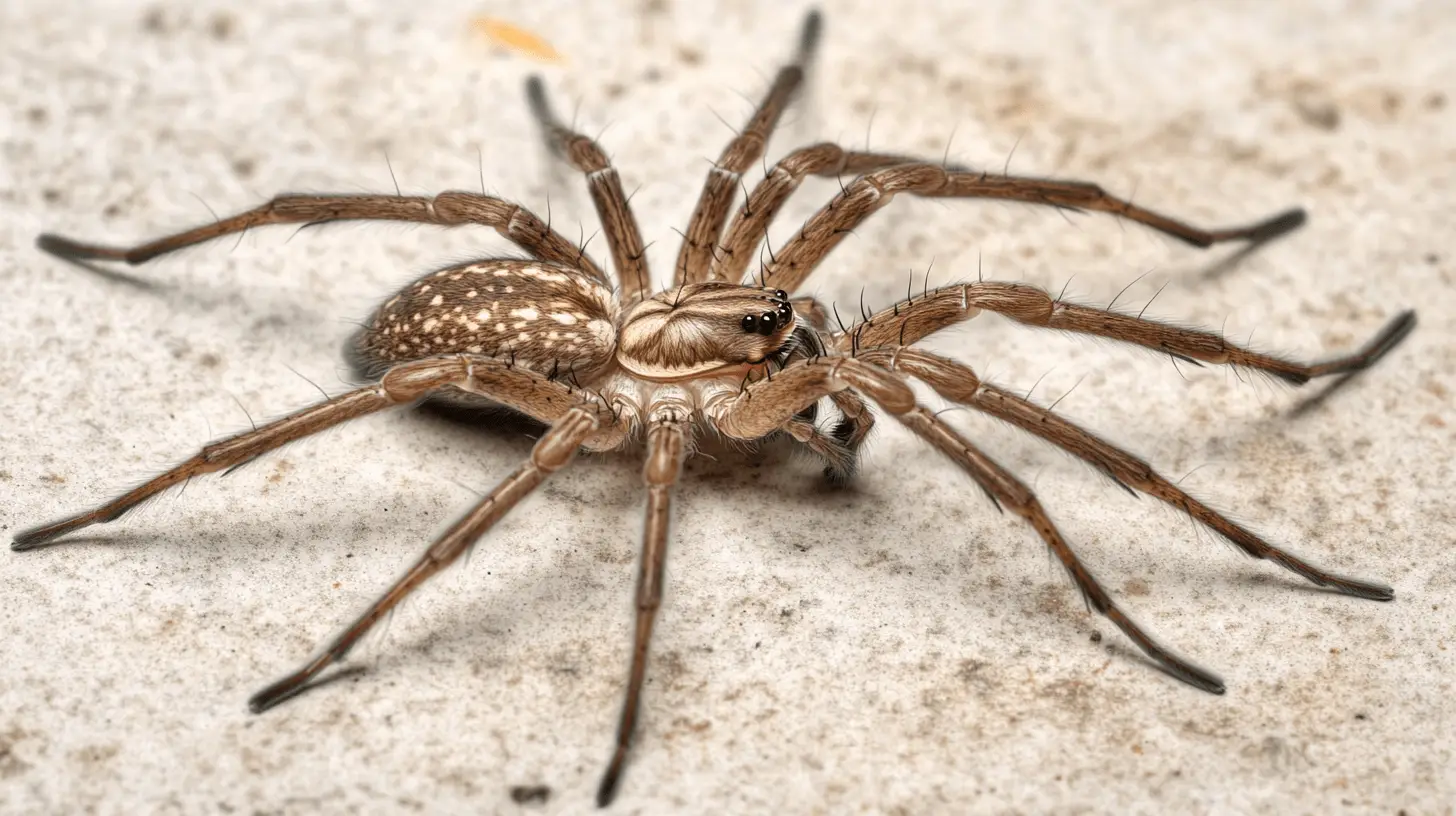
1. Size
Females measure approximately 3/16 to 5/16 inches (5-8 mm) long, while males are smaller, about 1/8 to 3/16 inches (3.8-4.7 mm) long.
2. Color
Typically yellowish-brown with a dirty white abdomen featuring several dark stripes that meet at an angle.
3. Body Structure
Females have a nearly spherical abdomen, while males possess an elongated abdomen. They have eight eyes arranged in two lateral pairs that are almost touching, and long, thin legs with serrated bristles on the last tarsal segment of the fourth pair.
4. Web Structure
They create tangled, messy webs in corners, under furniture, and hidden areas, often abandoning webs that do not yield prey.
5. Habitat
Commonly found indoors in upper corners, basements, garages, and crawl spaces. Outside, they prefer areas near windows and under eaves where light attracts insects.
6. Behavior
Generally non-aggressive and pose little threat to humans, although they may bite if threatened, typically without causing serious harm.
7. Life Cycle
Females can lay about 250 eggs in brownish silken sacs, producing multiple sacs during their lifetime. Eggs hatch in about 7-10 days, and adults may live for over a year.
Signs of Infestation
Look for the presence of spider webs in corners or hidden areas, sightings of the spider itself, or its egg sacs.
Control Measures
To prevent house spiders from entering, seal cracks around windows and doors and maintain cleanliness to reduce hiding spots.
House spiders are primarily considered nuisance pests due to their webs but play an important role in controlling insect populations within homes.
House spiders create tangled, messy webs in corners, under furniture, and in other hidden areas. These webs are often abandoned if they fail to catch prey, making it an indicator of spider activity in your home. They commonly inhabit upper corners, basements, garages, and crawl spaces indoors, and they prefer to stay near windows and under eaves outdoors, where light attracts insects.
In terms of behavior, house spiders are generally non-aggressive and pose little threat to humans. While they may bite if threatened, their bites typically do not cause serious harm. Female house spiders are prolific, laying around 250 eggs in brownish silken sacs, which hatch in about 7-10 days. Adults may live for over a year, making it essential to monitor for signs of infestation, such as the presence of webs or sightings of the spiders themselves.
To prevent house spiders from entering your home, seal cracks around windows and doors, and maintain cleanliness to reduce potential hiding spots. While they may be considered nuisance pests due to their webs, house spiders play an important role in controlling insect populations within your home, helping to keep your living space pest-free.
How to Get Rid of House Spiders
To effectively get rid of house spiders, start by maintaining cleanliness in your home. Regularly vacuum corners, cracks, and under furniture to remove spiders and their webs, and declutter spaces to eliminate hiding spots. Keeping your home tidy not only makes it less inviting for spiders but also helps you spot any potential infestations early.
Next, seal entry points by inspecting and filling gaps and cracks around windows, doors, and foundations. This simple step can significantly reduce the chances of spiders finding their way indoors. Regularly removing webs with a vacuum or duster discourages spiders from settling in, as they prefer undisturbed areas for their nests.
Effective Methods to Get Rid of House Spiders
1. Maintain Cleanliness
– Regularly vacuum corners, cracks, and under furniture to remove spiders and their webs.
– Declutter spaces to eliminate hiding spots.
2. Seal Entry Points
– Inspect and seal gaps and cracks around windows, doors, and foundations to prevent spiders from entering.
3. Remove Webs
– Regularly remove spider webs using a vacuum or duster. This discourages spiders from settling in.
4. Use Traps
– Set sticky traps in areas where spiders are frequently seen. This can help catch them without using chemicals.
5. Natural Repellents
– Mix equal parts of white vinegar and water in a spray bottle and apply it around entry points and areas where spiders are found.
– Essential oils like peppermint or tea tree oil can also deter spiders; mix with water and spray around the house.
6. Chemical Treatments
– Apply a perimeter insecticide around the home’s exterior to create a barrier against spiders. Look for products containing pyrethroids or other spider-specific insecticides.
– Spot-treat visible spiders with aerosol sprays designed for immediate contact kill.
7. Professional Pest Control
– If infestations persist, consider hiring a pest control professional who can provide targeted treatments and advice.
8. Outdoor Maintenance
– Keep outdoor lights off when not needed, as they attract insects that spiders prey on.
– Trim vegetation away from the house to reduce spider habitats.
By implementing these strategies, you can effectively manage and reduce the presence of house spiders in your home.
Using traps is another effective method. Setting sticky traps in areas where you frequently see spiders can help catch them without the use of chemicals. For a more natural approach, mix equal parts of white vinegar and water in a spray bottle and apply it around entry points and areas where spiders are found. Essential oils, such as peppermint or tea tree oil, are also excellent natural repellents; mix them with water and spray around the house to deter spiders.
If necessary, chemical treatments can be utilized. Applying a perimeter insecticide around your home’s exterior creates a barrier against spiders. Look for products that contain pyrethroids or other spider-specific insecticides. Spot-treating visible spiders with aerosol sprays designed for immediate contact kills can also be effective.
For ongoing infestations that you can’t seem to control, consider hiring a professional pest control service. They can provide targeted treatments and expert advice tailored to your situation.
Finally, take care of outdoor maintenance by keeping outdoor lights off when not in use, as they attract insects that spiders prey on. Trimming vegetation away from the house further reduces spider habitats, making your property less inviting to these eight-legged guests.
By implementing these strategies, you can effectively manage and reduce the presence of house spiders in your Sarasota home, allowing you to enjoy a more comfortable and pest-free living environment.
To Sum Up – Strategies for a Spider-Free Home
In conclusion, effectively getting rid of house spiders requires a proactive approach that combines cleanliness, preventive measures, and, if necessary, targeted treatments. By maintaining a tidy home, sealing entry points, and regularly removing webs, you can create an environment that discourages these eight-legged visitors. Utilizing natural repellents and traps offers a safe and eco-friendly way to manage their presence, while chemical treatments can be employed for more persistent infestations.
If your efforts don’t yield the desired results, seeking professional pest control can provide you with tailored solutions and peace of mind. Remember, while house spiders can be a nuisance, they also play a beneficial role in controlling insect populations. By understanding how to manage them effectively, you can strike a balance that keeps your home comfortable and free of unwanted pests. With the right strategies in place, you can enjoy a spider-free environment in your Sarasota home, allowing you to relax and appreciate your space without worry.
Frequently Asked Questions (FAQs)
What are house spiders?
House spiders are common arachnids found in homes and buildings. The most common species in the U.S. is the American house spider (Parasteatoda tepidariorum), characterized by its yellowish-brown coloration and messy cobwebs.
Are house spiders harmful to humans?
Most house spiders are non-aggressive and pose little threat to humans. They may bite if provoked, but their bites are generally harmless and rarely cause serious harm. However, some species, like the black widow, can be dangerous, so it’s essential to identify them correctly.
How can I identify a house spider?
House spiders typically range from 3/16 to 5/16 inches in length, with a yellowish-brown body and a dirty white abdomen featuring dark stripes. They have eight eyes arranged in two lateral pairs and create tangled webs in corners and hidden spaces.
What attracts house spiders to my home?
House spiders are attracted to food sources (other insects), dark, undisturbed areas, and moisture. They often enter homes in search of shelter and prey, especially during colder months.
What can I do to prevent house spiders?
To prevent house spiders from entering your home, keep it clean and free of clutter, seal cracks around windows and doors, and eliminate potential food sources. Regularly vacuuming and removing webs can also discourage them from settling in.
How do I remove spider webs?
You can easily remove spider webs using a vacuum cleaner with a hose attachment or a duster. Regularly clearing webs helps discourage spiders from building nests in your home.
Are there natural ways to repel house spiders?
Yes, natural repellents like peppermint oil, vinegar, and citrus peels can deter house spiders. Mixing equal parts of white vinegar and water in a spray bottle and applying it around entry points can help keep spiders away.
Can I use insecticides to get rid of house spiders?
Yes, you can use insecticides designed for spiders, but be sure to follow the manufacturer’s instructions carefully. Consider using them as a last resort, as many spiders are beneficial for controlling pest populations.
What should I do if I find a large spider or a nest?
If you find a large spider or a nest and feel uncomfortable handling it, consider calling a professional pest control service. They can safely identify and remove the spider or nest without putting you at risk.
How often should I clean to keep house spiders away?
Regular cleaning is essential in keeping house spiders at bay. Vacuuming weekly, decluttering areas, and removing webs can significantly reduce their presence. Focus on high-traffic areas and places where spiders are likely to hide.
Are house spiders beneficial?
Yes, house spiders are beneficial as they prey on other insects, helping to control pest populations in your home. Understanding their role can help mitigate fear and promote a balanced approach to managing them.


